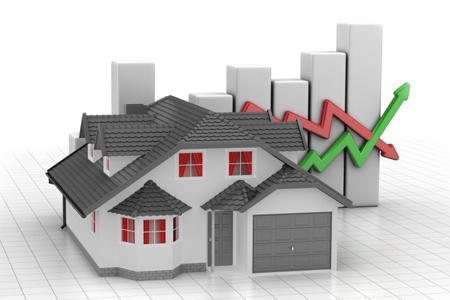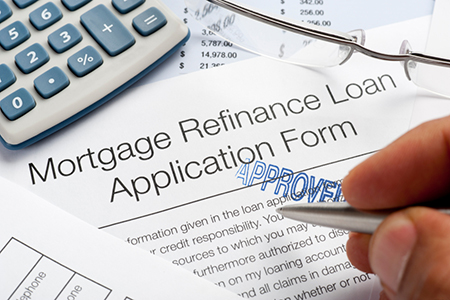
by maria | Sep 7, 2016 | Exclusive QA |
The loan-to-value ratio, or LTV, is the loan amount expressed as a percent of either the purchase price or the appraised value of the property. It is an important factor considered by lenders before approving a mortgage. Lenders generally prefer a down payment of 20%,...

by maria | Sep 7, 2016 | Exclusive QA |
The annual percentage rate, or APR, is an interest rate that differs from the loan rate. It is the actual yearly interest rate paid by the borrower, including the points charged to initiate the loan and other costs. The APR discloses the real cost of borrowing by...

by maria | Sep 7, 2016 | Exclusive QA |
It can be difficult to do after a bankruptcy, unless you are willing to pay very high interest rates and fees; however, if you are contemplating bankruptcy, first talk with your lender and explain your situation. If your mortgage payments are current, the lender may...

by maria | Sep 7, 2016 | Exclusive QA |
You most certainly can. During the most recent refinancing boom, for example, many homeowners refinanced their home loans two or three times within relatively short periods of time because interest rates kept treading downward, making it extremely attractive to trade...

by maria | Sep 7, 2016 | Exclusive QA |
Many people flock to refinance while mortgage interest rates are low, particularly when rates are about two percentage points below their existing home loans. Other factors, like when to refinance, will depend on how long you plan to hold on to your home and whether...

by maria | Sep 7, 2016 | Exclusive QA |
With a refinance, you pay off an old loan on your home and take out a new one, usually at a lower mortgage interest rate. To refinance, you will generally need to have equity in your home, a good credit rating and steady income. You can borrow a percentage of the...










